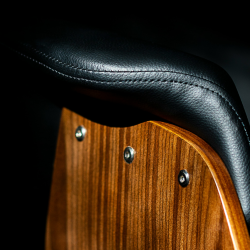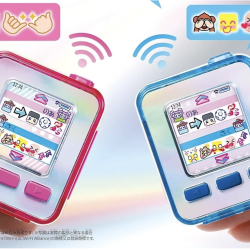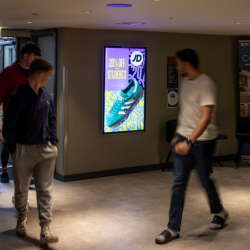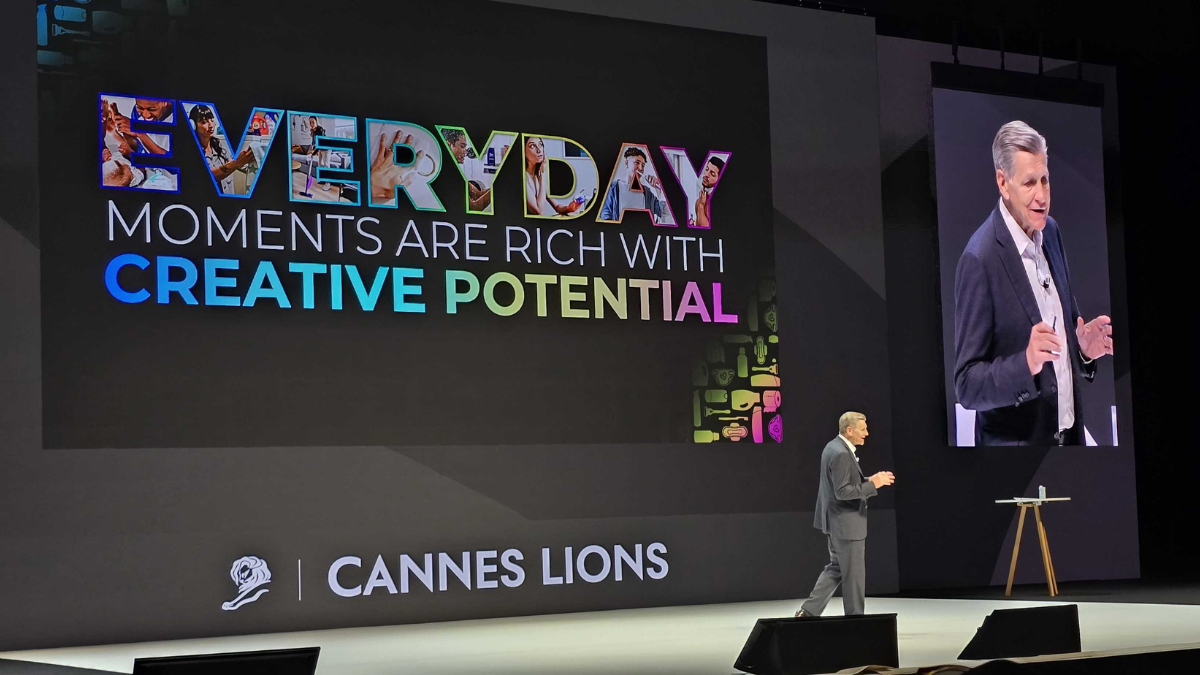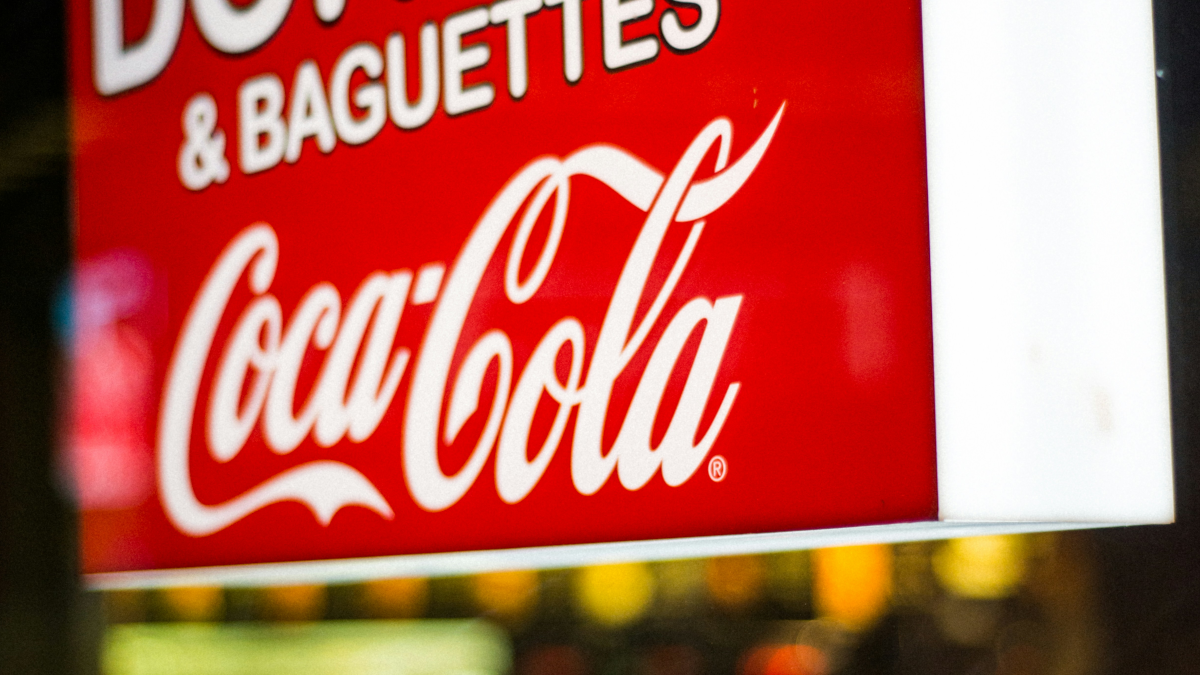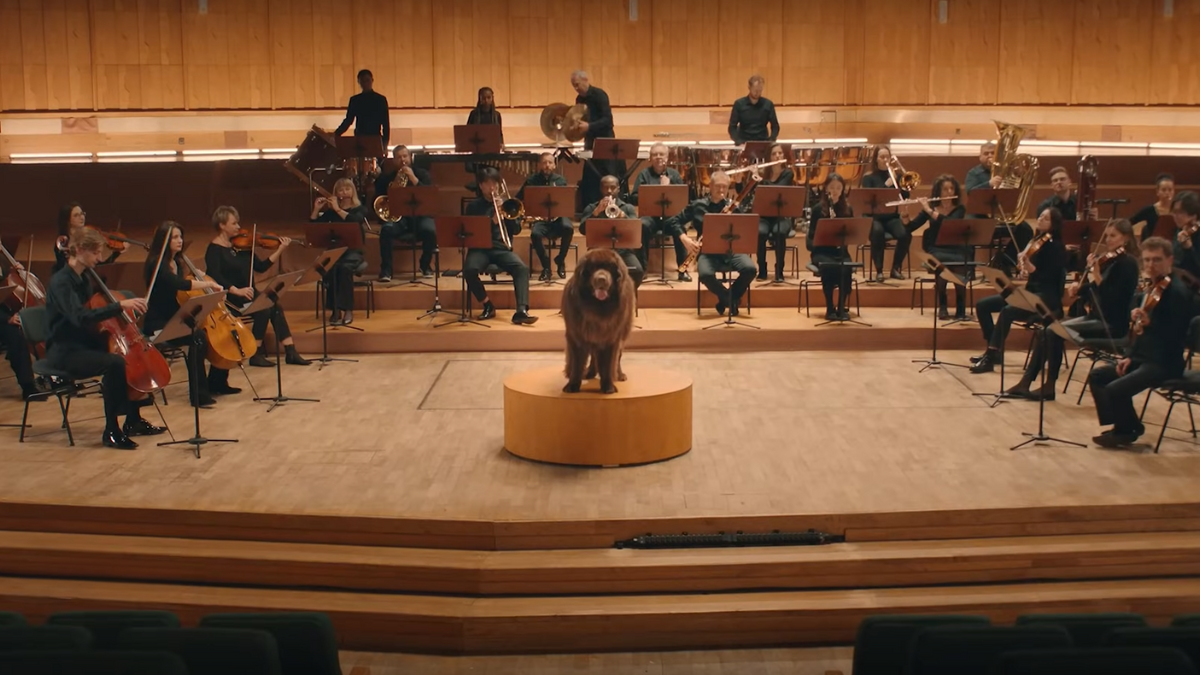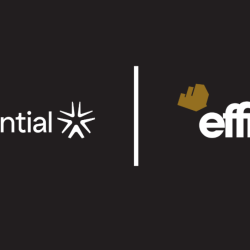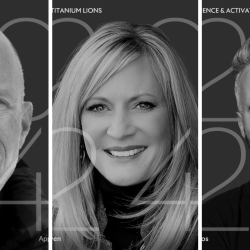With their variety of daily use products, P&G touches their customers’ lives every day. MediaCat Turkiye‘s Supplements Editor Erdem Akın Temel sat down with P&G Chief Brand Officer Marc S. Pritchard after his keynote speech at Cannes Lions International Festival of Creativity to discuss how the company leverages everyday moments to make their customers’ lives better.
This interview has been edited for clarity and length.
Your keynote at Cannes Lions was titled, ‘Finding Creativity in the Everyday’. Finding creativity sounds like it’s related to artistic expression, but you mean something else. Can you explain what it means to you?
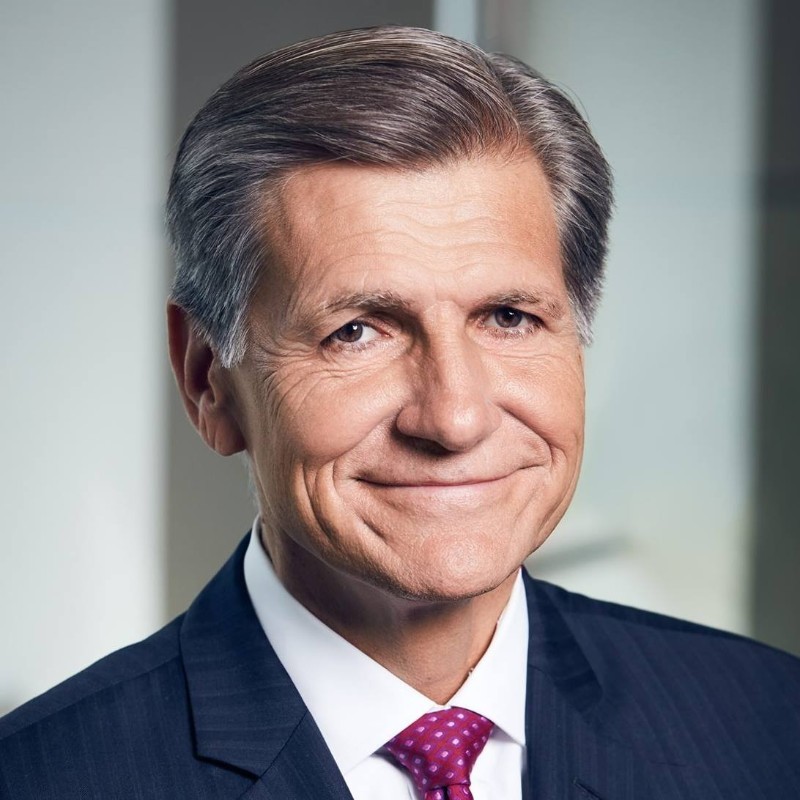
It’s related to our products, our brands and really back to our strategy. The background of this is that the brands that we provide are daily use products. Pampers diapers, the Ariel laundry detergent, Fairy dishwashing liquid, and Oral-B toothpaste… Those kinds of brands that everybody uses. So we make sure that we understand what the consumers we serve want. What are their jobs to be done and problems to solve? Then we translate that into what we call superior performing products, superior performing packaging, superior performing brand communication, superior performing retail execution and superior value for the retailers, as well as our consumers.
It’s our superiority strategy. It’s a recipe for being the best in the industry and ensuring that we grow the overall category, make the market bigger as well as grow our brands. Creativity is very important because superior brand communication is one of the foundational superiority elements. What we need to do is to find insights into the consumers’ lives and do it in a way that helps that consumer understand that we know them. It’s finding what matters to them, and since we’re daily use products, we want to find what matters to them every day.
When we find that, then we want to find out how the brand matters within their lives, and we translate that into a creative brand idea that makes the everyday moment and the brand matter more. It’s very important that it’s ensuring we’re helping people understand ‘Why is this product made uniquely for you?’, ‘Why is it better?’ and ‘How does it serve your everyday needs and make you want to buy it?’. That’s what it’s all about. That’s exactly what this speech was about — to help people understand and give some examples from all around the world about how we did that.
P&G is on a mission to solve everyday problems and doesn’t refrain from acting on creative ideas, which may lead to ‘innovation for the sake of innovation’. How do you keep yourself and the company from falling into that pit?
We focus very heavily on understanding the consumers we serve. That’s how we stay centered. Every time we go into a market, we go into a consumer’s home, with their permission, of course. We ask them about their everyday needs, their lives and how they use laundry detergent, what they do with their hair care routines… they have a baby — how are they using diapers? We understand, what are their problems, what are the jobs they’re trying to get done. That allows us then to identify exactly what we want to provide for them. You saw the example of Ariel’s ‘Share The Load’. That was an everyday moment that led to a concern about, ‘How are chores going to be taken care of when I’m gone?’
The product was so central to that because Ariel is a laundry detergent. You have to do laundry every day. If the mom in the household is not there, the dad is going to take care of it. So, this better be a great performing product and easy to use, easy to get the end result. We designed the product to make sure that it’s going to clean and be the absolute best cleaning product.
In some cases, we’ve also innovated. We’ve learned in countries around the world that heating the water to clean your clothes costs money because it requires energy. Energy costs money. If you can clean in cold or cool water, you’re going to save money but you better have the best performing product when you do that. Our innovations are very focused on what it’s going to take in order to be able to make someone’s life better.
While solving everyday problems is likely to lead to better customer relations and loyalty, customers seem to ask for experiences or to involve products in their experiences. Is thinking one step further for those experiences a part of P&G’s workflow?
What’s important is to try to ensure that whatever you come up with as an additional experience with the product reinforces what that product’s benefit is. Pampers has an app where you actually connect with the mum and the dad, and it gives information that helps them make the right selection from a product standpoint. It helps them generate baby names before the baby is born, there’s a part where you measure the baby’s length and waist at the doctor, then it tells you what size to use. It’s useful information that helps you really get a better outcome.
Those experiences, what we found is that they really matter when it has something to do with the product. So Oral-B power toothbrush is a good example, where it tells you how to brush for two minutes and make sure that you’re clean.
During your keynote you mentioned that even though we’re talking about technology excessively, ideas and humanity matter more, which come with the human touch. How do you and of course, P&G keep that human touch?
Take time. Get in stores. Get in homes. Connect with consumers constantly. Because that’s where you get the real insight. The Safeguard example that I showed you yesterday in China — that’s an insight into what happens in Chinese homes at Chinese New Year. In fact, what happens every day when it comes to just this very important part of people’s lives, which is they eat dinner, ‘wash hands and eat’. That’s a little everyday act of love that Safeguard matters.
So when you understand that ritual, then you can make your brand matter in that moment and it makes a difference. ‘Wash hands and eat’. You wash hands with Safeguard. You’re going to make sure you get the germs off, it’s all good. And then you’re good to go. So it’s really about that. It’s about finding those little moments that really matter. You may remember the ZzzQuil example. That was interesting because it took an everyday moment — that people have a little extra energy when they get a good night’s sleep. They just brought that to life in a fun way. Racing for the elevator and getting it in time, lifting your grandchildren… those are things that you do every day that are very human moments that when you understand and connect with people, you can then translate those into very creative ideas where your brand matters. That’s what that was about.
Lenor is probably another good example of that. Lenor was the ad that I showed at the very beginning, ‘Let the sunshine in’. That insight is based on a lot of people having to dry their clothes indoors. Particularly in places where it rains a lot, for example, in the UK, the clothes can smell musty, but you want them to smell as if they were dried outside. That’s what that idea was all about. Let the sunshine in, fresh as if dried outdoors.
Solving everyday problems leads to behavior change and behavior change may drive cultural change. Are there any examples of positive cultural change that were ignited by changes in behavior?
I will say that the majority of what we focus on is changes in behavior that will help you use a product more effectively in order to ensure that you get a better benefit. That’s probably the most important aspect of how we do things. So, it is using Lenor as a fabric softener — that’s a change of behavior because that requires an additional step in the washing process.
‘Share the Load’ is a very clear example, where 79% of men thought that laundry was a woman’s job. Then ‘Share the Load’ came along and after seven years of that campaign that demonstrates that this product Ariel, the brand can help everyone do chores within the family. Now only 25% of men believe that. 75% of women feel that they can’t mentally break free from chores but if you encourage other people in your home, like your husband, to do things then that will have a positive effect, positive societal effect. It starts with a positive effect at home and clean clothes.
Are those statistics from India?
Those statistics are from India. I suspect those statistics are similar in other parts of the world. It has been used in other parts of the world.
One of the best efforts that we’ve done across multiple markets, and it is done on both Ariel and Fairy for example, is being able to wash in cold water. As I said, it reduces energy. Reducing energy is good for consumers. You get the cleanliness; less energy means you save money and it’s better for the environment. So, that’s a good behavior change.
Featured image: Marc S. Pritchard at Cannes Lions


